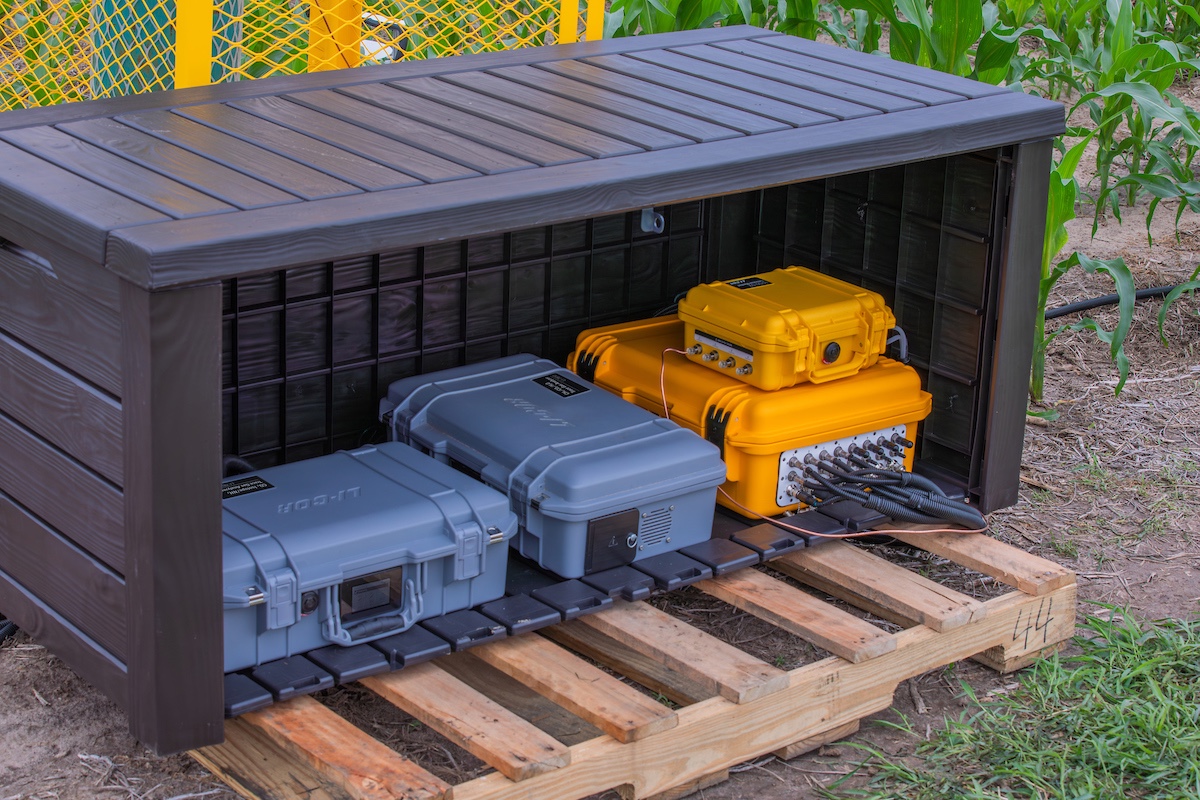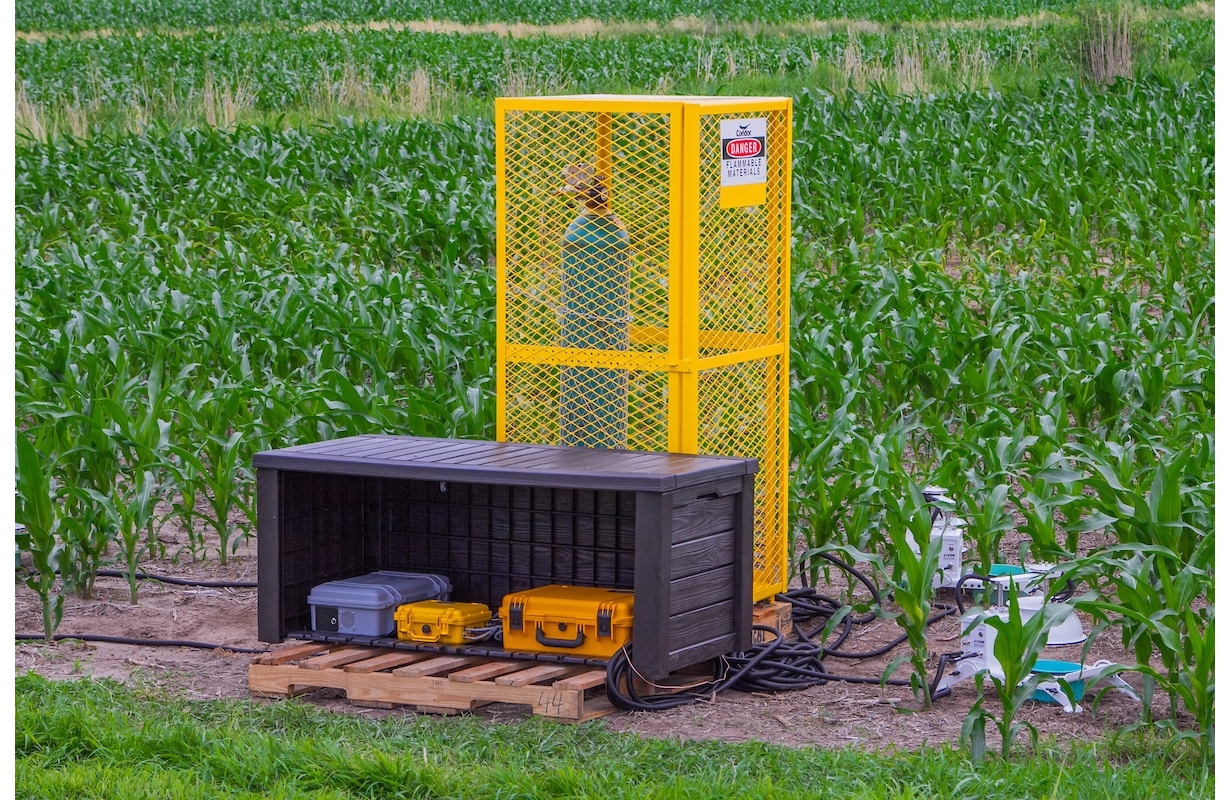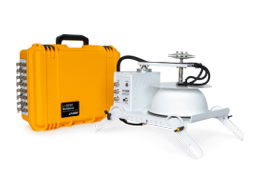Protection from the elements
Instruments deployed outdoors for long periods of time are bound to experience a wide range of elements and challenges inherent to working in remote locations. While LI-COR instruments are intended to withstand rigorous field research, there are steps you can take to ensure your equipment continues to perform at its peak.
The LI-8250 Multiplexer, 8250-01 Extension Manifold, LI-870 CO2/H2O Analyzer, and 8250-02 Calibration Manifold are weatherproof. If the site is prone to flooding or heavy snow, place the instruments on a pallet or other object to keep them above ground level. If the instruments are subject to significant solar loading, cover them to provide shade and ensure they remain within the operating temperature range.
If you are using tanks of compressed gas with the calibration manifold, follow all safety guidelines from the tank supplier and any regulations from the local government.
The LI-78xx Trace Gas Analyzers are weather-resistant, but they are not weatherproof. For an LI-78xx Trace Gas Analyzer to be deployed in the field for extended periods, they must be covered and elevated. The cover can be something simple, such as a tent or doghouse.


